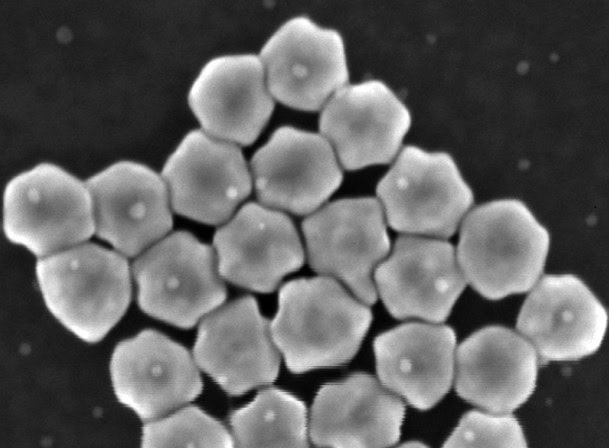Simple Blood Draw Helps Diagnose Lung Cancer 10 Times Faster
Posted on 04 Oct 2024
Once dismissed as cellular waste, exosomes—tiny vesicles released by cells containing proteins, DNA, or RNA fragments—have emerged as vital players in cell-to-cell communication over the past decade. While exosomes from healthy cells carry important signals throughout the body, those from cancer cells can facilitate tumor spread by preparing tissues to receive tumor cells before they arrive. Exosomes carry proteins both inside and on their surfaces, and these surface proteins are often chiral, meaning they have a right- or left-handed twist, which influences how they interact with light. In cancer exosomes, these surface proteins are frequently mutated, meaning the protein's molecular structure has been altered by genetic changes. Such mutations subtly affect the protein’s shape, which in turn shifts its chirality. These alterations can be detected by analyzing how the proteins interact with circularly polarized light, which can "match" the twist of the proteins. When the twist aligns, a strong signal is returned to a light detector. However, these light signals are usually weak and difficult to interpret and detecting exosomes involves extracting them from blood samples, which is challenging because of their tiny size, ranging from just 30 to 200 nanometers.
Researchers at University of Michigan (Ann Arbor, MI, USA) have now developed a microchip capable of capturing exosomes from blood plasma to detect lung cancer. This new diagnostic method, which uses a simple blood draw, is 10 times faster and 14 times more sensitive than previous approaches, according to the research team. To identify exosomes, the team designed gold nanoparticles in the shape of twisted disks, adapted to capture exosomes within a central cavity. These cavities are tailored to perfectly match the size, shape, and surface chemistry of the exosomes, allowing for reliable capture. With a right-handed twist, the nanoparticles resonate strongly with right-twisting light but reflect little signal when exposed to left-twisting light—a phenomenon known as circular dichroism. Once the exosomes are trapped in the cavities, the proteins they carry can either amplify or diminish the return signal based on their shape.

The gold nanoparticle cavities, arranged along the tiny channels of a microfluidic chip, successfully captured exosomes from blood plasma and differentiated between samples from healthy individuals and those with lung cancer, as reported in the journal Matter. The microfluidic chips, called CDEXO chips (Circular Dichroism detection of EXOsomes), could also potentially distinguish specific lung cancer mutations, aiding doctors in tailoring treatments to target the most prevalent mutations as they evolve. The researchers envision the CDEXO chip initially being used alongside traditional diagnostic methods, with the potential to expand its use to screen for other cancers, improving early detection efforts as trust in the technology grows.
"As a next step, we want to look at most known solid tumor mutated proteins to understand how their spectral signatures are different,” said Sunitha Nagrath, U-M professor of chemical and biomedical engineering and co-corresponding author of the study. “From here, we can push the technology to further increase those spectral differences to distinguish between proteins."














